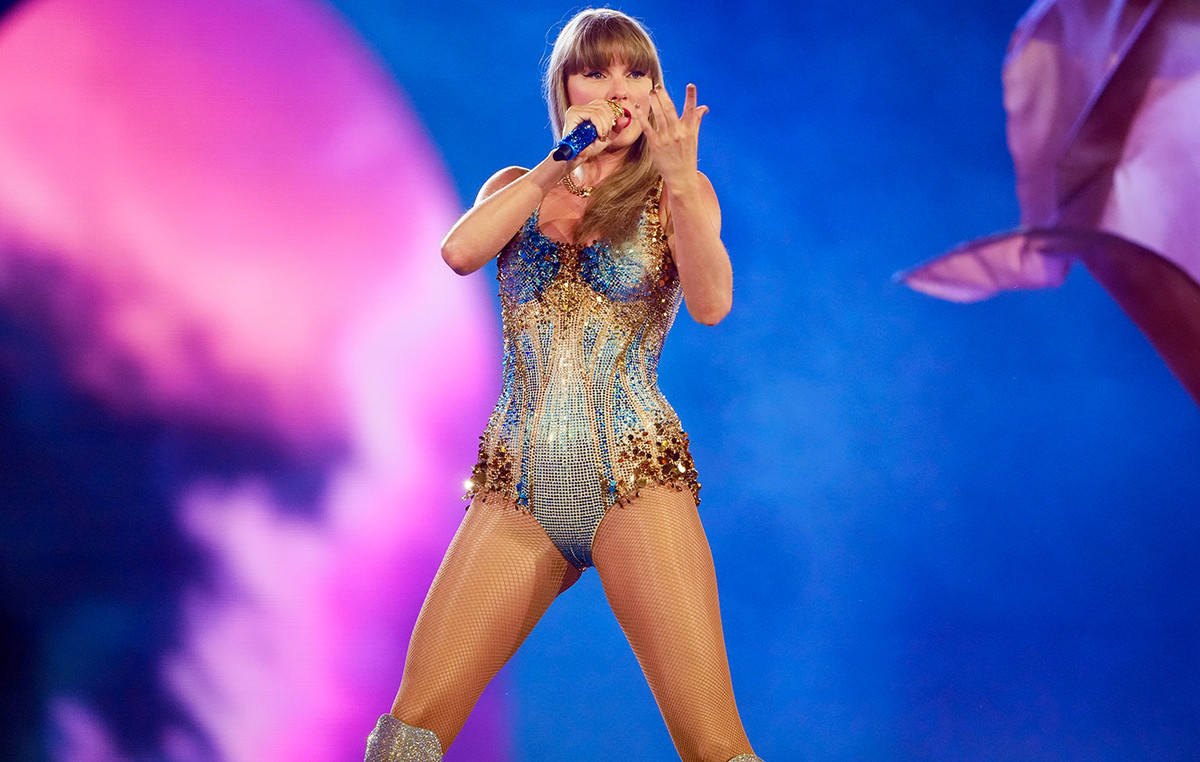On Thursday, August 10 at 12:30 GMT, the US Bureau of Labor Statistics (BLS) will publish the figures of the Consumer Price Index (CPI), the most important measure of inflation in the country. As we get closer to press time, here are the forecasts from economists and researchers at the top 10 banks for the next US inflation print for July.
Headline and core CPI, excluding food and oil price volatility, will come in at 0.2%m/m, the same as in June. The annual headline CPI is expected to rebound to 3.3%, from 3.0% in June, and the core is expected to hold at 4.8% year-on-year.
commerzbank
We expect the core rate to hold at 0.2% in July. The headline inflation rate is also likely to come in at 0.2%. Given that this result would be largely in line with the Fed’s 2% inflation target, it would support our view that the Fed is unlikely to raise rates again.
Credit Suisse
We expect core CPI inflation to hold at 0.2%m/m in July, with a more subdued rate after the June decline. YoY inflation is likely to slow to 4.7%. On the other hand, unfavorable base effects and a slight increase in gas prices are likely to push headline inflation to 3.3% yoy. If our expectations are met, monthly core inflation would be in line with the Fed’s target for the second consecutive month.
TDS
Core inflation was likely stable in July, posting a second consecutive increase of 0.2% m/m (0.23% unrounded). Goods inflation was probably a major factor on the downside, with house prices remaining a key driver (we expect a modest acceleration). Rising gas prices will also help keep headline inflation stable. Our MoM inflation forecasts are 3.3%/4.8% YoY for total and core prices.
ANZ
We expect both headline and core CPI inflation to rise by 0.2%m/m in July. The fall in the prices of used cars is expected to cause the prices of basic goods to fall again. Some one-off factors are expected to keep core non-rental utility inflation subdued, while rental inflation should continue to cool from a blistering pace. Our diffusion and dispersion indices suggest that inflationary pressures are subsiding and normalizing. The Fed is wary of the upside risks of inflation, as the demand for labor remains excessive. Most monetary policy makers believe that the interest rate will need to remain restrictive for some time to bring inflation back to its target. The risk remains that the Fed has not finished its job.
NBF
The energy component is likely to have had a sizeable positive impact on the overall index, given the sharp rise in gasoline prices during the month. This, combined with another healthy rise in housing costs, should translate into a 0.4% increase in overall prices. If we are correct, the interannual rate could go from 3.0% to 3.4%, which would be the first increase in 13 months for this indicator. Core price developments may have been more subdued in July thanks in part to lower used car prices. But a 0.3% rise on the month will still be too large to allow for an annual rate decline. Instead, the latter should remain unchanged at 4.9%.
RBC Economics
YoY US consumer price growth likely rose slightly in July for the first time in a year: Gasoline prices didn’t move much in July, but July’s biggest 8% drop a year ago will be left out of the year-on-year growth rate. Core price yoy growth (excluding food and energy) will remain strong (+4.7% expected) in July, but we expect a modest 0.2% m/m increase to match June’s rise. The slowdown in core CPI growth has been accompanied by a decline in housing rental inflation, as the earlier slowdown in market rental growth has translated into lower CPI rentals, with a lag due to to the renewal of the contracts. In the absence of a reacceleration in core inflation, we expect the Fed to stay on the sidelines and keep fed funds in the 5.25%-5% range through 2024.
CIBC
Following some easing in core prices in June, price pressures probably held a 0.2% monthly pace in July for both headline and core CPI (excluding food and energy). Unfavorable base effects will have propped up annual CPI inflation to 3.2%, while annual core inflation likely eased to 4.7%. Within the basic categories, house prices may have slowed, reflecting the typical lag associated with the lower rents seen last year, but the Fed will focus on basic services other than housing rentals, as it is a better indicator of underlying price pressures linked to demand. This indicator was stable in June, but partly reflected a significant drop in airfares that may not have extended into July. Even so, even a rebound in basic services without accommodation of 0.3% mom would leave the annualized quarterly change at a modest 2.1%.
citi
We expect a core CPI rise of 0.196%m/m in July, a slightly higher increase than in June, but clearly a much more Fed-friendly monthly pace of inflation than in much of recent years. House prices are likely to continue to slow overall this year, although data for July could record a somewhat stronger 0.47% m/m increase in each of primary rents and homeowners’ equivalent rent. More negative seasonal factors after July could mean house prices slow further in the fall. Meanwhile, Headline CPI should rise 0.3%m/m and rebound from a short-term low of 3.0%y/y to 3.3%/y/y.
Westpac
The June CPI report was pivotal for the current cycle, as a modest 0.2% per month put annual headline inflation at 3.0%, a third of its peak. Westpac expects a similar result, although the annual rate will increase slightly due to an adverse base effect. However, the composition of US inflation remains problematic. The inflation of goods is benign and that of services ex. increasingly constructive refuge for a return to the objective well before the medium term. But, because of its weight and scale, safe haven inflation alone has the ability to keep inflation above the 2.0% yoy target for the foreseeable future. It should also be recognized that while housing inflation should subside through the end of the year and into early 2024, sector capacity will remain a concern for years to come, and with it housing inflation.
Wells Fargo
We expect the disinflationary trend to continue in July and we estimate a 0.2% rise in both the headline and core indexes during the month. On the price side, we expect faster deflation of vehicles and other goods in July, offset by slightly higher prices for travel and healthcare services. If fulfilled, these forecasts would translate into a general annual rate of 3.3% and an underlying annual rate of 4.7%. Despite the monthly noise, inflation appears to be heading downward. However, progress in the coming months is likely to be slower and noisier than the June data suggests. We expect monthly increases in core inflation to pick up slightly in the fourth quarter as the disinflationary momentum of falling goods prices fades and health insurance prices pick up towards the end of the year.
Source: Fx Street
I am Joshua Winder, a senior-level journalist and editor at World Stock Market. I specialize in covering news related to the stock market and economic trends. With more than 8 years of experience in this field, I have become an expert in financial reporting.







